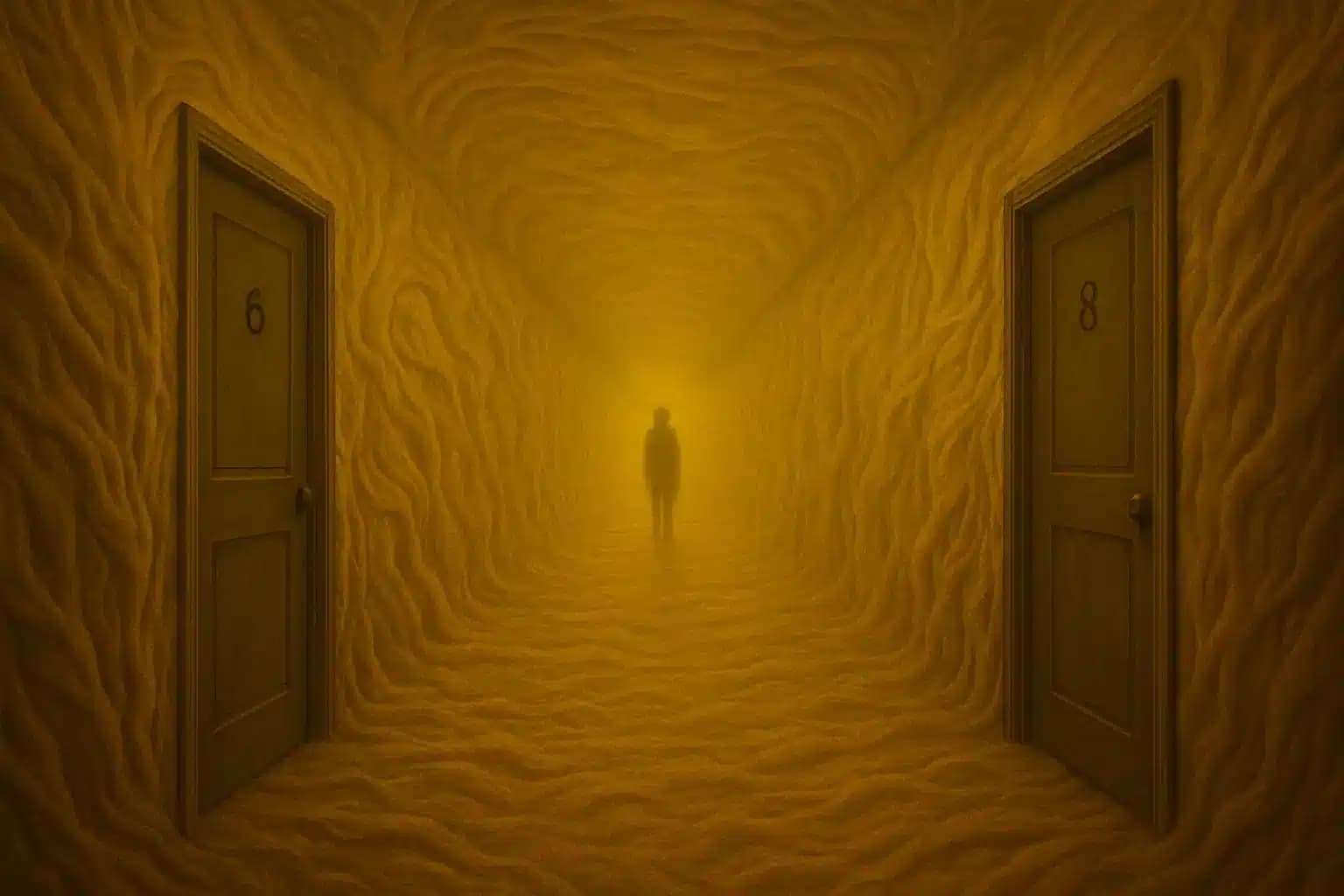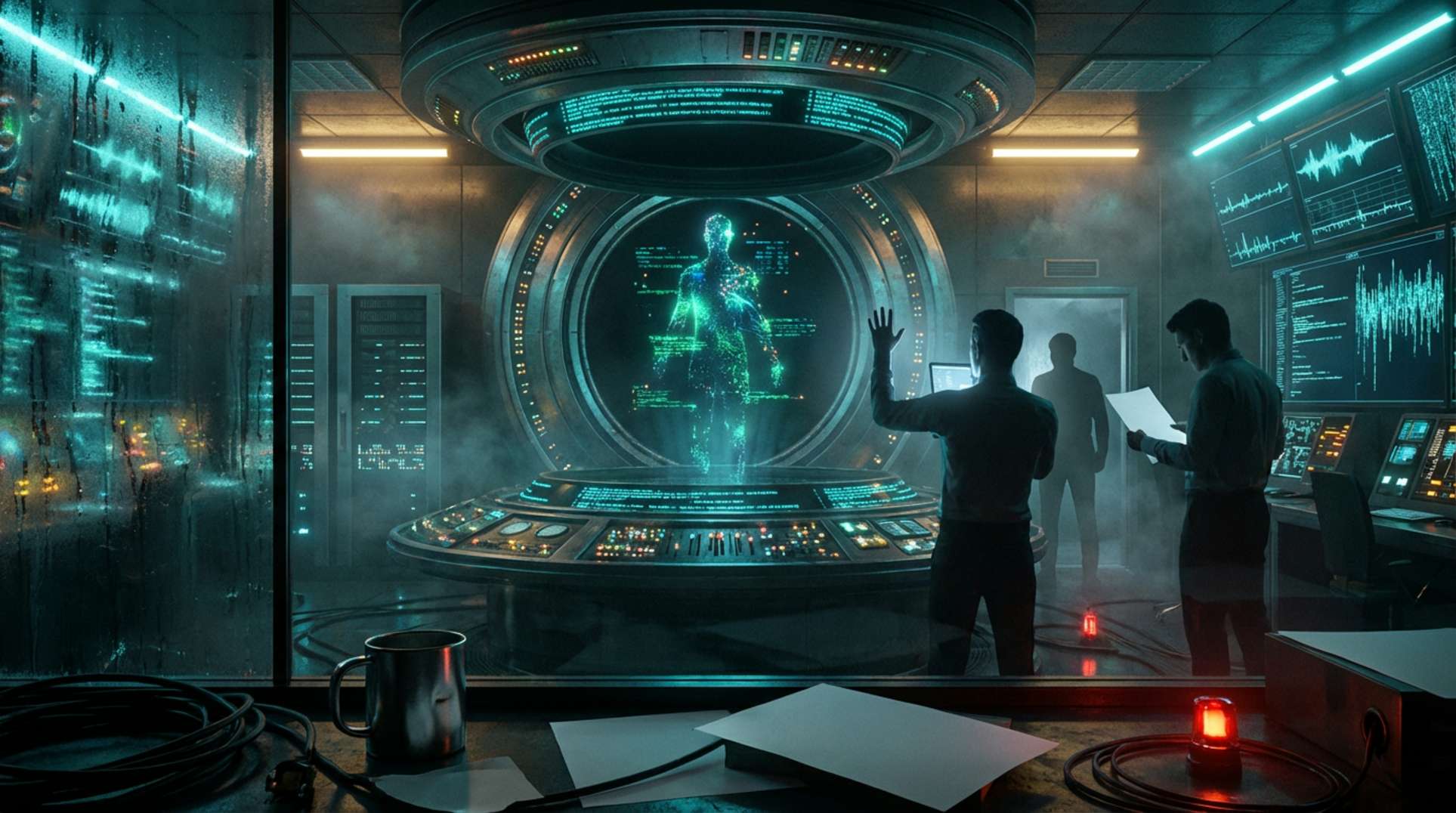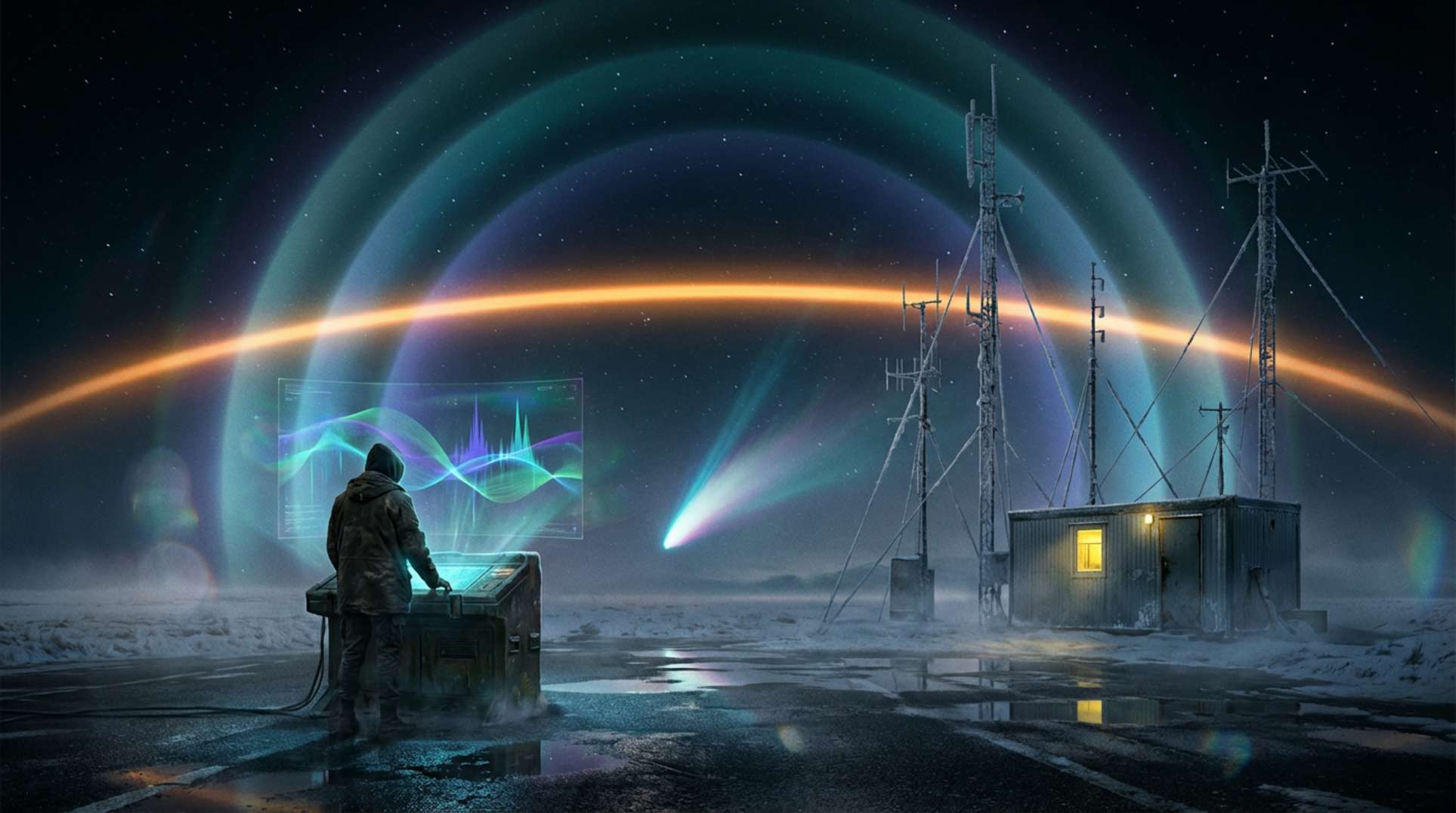You walk alone. The hallway is endless, and the lights are too yellow. There are no windows, no clocks, and no friendly exit signs—only abstract emptiness. A building exists impossibly between “six” and “eight.” Welcome to ‘Flesh Simulator,’ a fever-dream of liminal horror. Here, the scariest monsters dwell in empty rooms and the uncanny valley between what should be and what is. If you think this is just another indie oddity, you’re missing a bigger story: the terrors of liminal space and their grip on the internet’s imagination.
The rise of games like ‘Flesh Simulator’ isn’t accidental. Our world feels perpetually paused and dislocated, amplified by transit-only, half-lit, or seemingly abandoned architecture. Liminal spaces—once everyday backdrops—now symbolize anxiety, atrophy, and existential dread. This cultural obsession stems from memes and pandemic isolation. A Wikipedia deep dive into liminal spaces reveals that these zones aren’t merely spooky for being empty. They unsettle us because they should teem with life yet remain frozen in a purgatory of purpose. The “building between six and eight,” as depicted in ‘Flesh Simulator,’ literalizes this: no address exists, just a phantom number caught between realities.
Liminal Architecture: The Roots of Digital Dread
This genre thrives on nostalgia for disused malls and half-remembered school corridors, draining comfort from once-bustling places. Research into why these spaces disturb us highlights the uncanny valley effect: environments appear almost familiar, but subtle wrongness fills our brains with dread. Subgenres across games and digital art exploit this effect. One analysis tracks the indie horror boom’s reliance on these tropes, turning carpeted hallways and misplaced office furniture into touchstones of isolation (this game design breakdown).
The flesh theme pushes boundaries further, merging body horror with the psychic discomfort of being nowhere. “Missing context” chills—like glimpsing the familiar through a crack in reality or discovering secrets in the mundane. This modern fascination with dead space echoes through other unsettling mysteries, such as strange monoliths worldwide and reports of liminal-world phenomena.
The Backrooms and the Aesthetic of the Infinite Odd
The genre’s popularity surged with the viral “Backrooms” creepypasta. In this story, victims noclip out of reality, landing in infinite, buzzing corridors—eerily similar to Flesh Simulator’s building that never resolves into an address. Analysis by The Gamer’s list of liminal horror games highlights the booming market for experiences that rely on subtle wrongness and boundless ambiguity instead of violence. These experiences tap into pandemic-fueled nostalgia for a lost world and a growing dread that digital progress only divides and confuses us further.
Even cutting-edge tech like quantum encryption, as debated here, feels like another step into an ambiguous, in-between future. Secrets are protected by paradox, and certainty slips out of reach. In these digital limbos, familiar environments become stages for horror, where never truly belonging intensifies dread. It’s an existential threat that needs no ghosts—just an audience adrift in time.
Indie Games, Liminal Horror, and the Evolving Digital Psyche
The building between six and eight serves as more than a digital set piece—it symbolizes our society’s constant encounters with change, loss, and the uncanny. Indie developers capitalize on this, crafting “walking simulators” and horror titles where environment, not monsters, creates lasting fear (GameSpot’s take on the immersive power of liminal games). As seen in adaptable horror tabletop games and itch.io experiments, the thrill lies in interpretation: What lurks behind door number seven? Does iteration ever end, or are we trapped in this uncanny corridor forever? This fear resonates not just with gamers but with anyone who has wandered down a silent airport hallway at 1 a.m.
Questions surrounding digital reality, isolation, and the disintegration of normalcy are becoming more pressing. From flesh simulators to viral conspiracy puzzles like this study of the occult, or creeping anxiety over America’s potential collapse, the fear of falling out of bounds into a new, endless maze gains resonance. The technological and cultural weirdness surrounding us—ranging from emerging trends in consciousness to the digital risks of an automated future (see analysis here)—fuels a sense that the real world is just one misstep away from simulation horror.
Between Six and Eight: The Modern Folklore of the In-Between
Whether you’re a gamer, an armchair analyst, or a doomscroller hungry for viral mystery, ‘The Building between Six and Eight’ draws power from universal fears: what happens between chapters, spaces that never fill, and meaning that slips through the cracks. It serves as a surreal reminder that in an age of digital everything, we are one glitch away from wandering into our own backrooms. Want to maintain your bearings as the world becomes weirder? Keep your radio tuned to Unexplained.co. The line between simulation and reality isn’t sharpening; it’s likely just widening—perhaps also becoming more visceral in the process.





